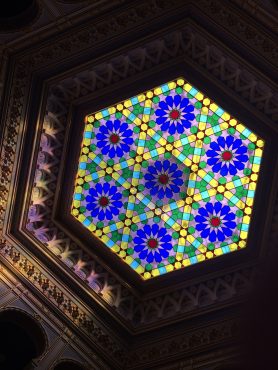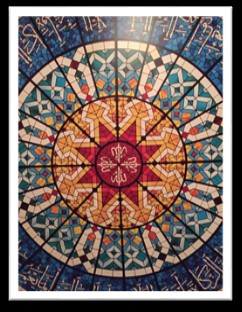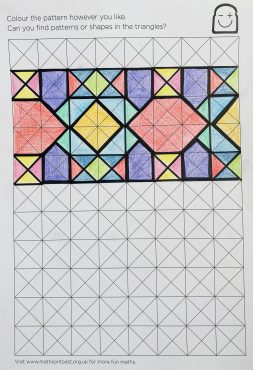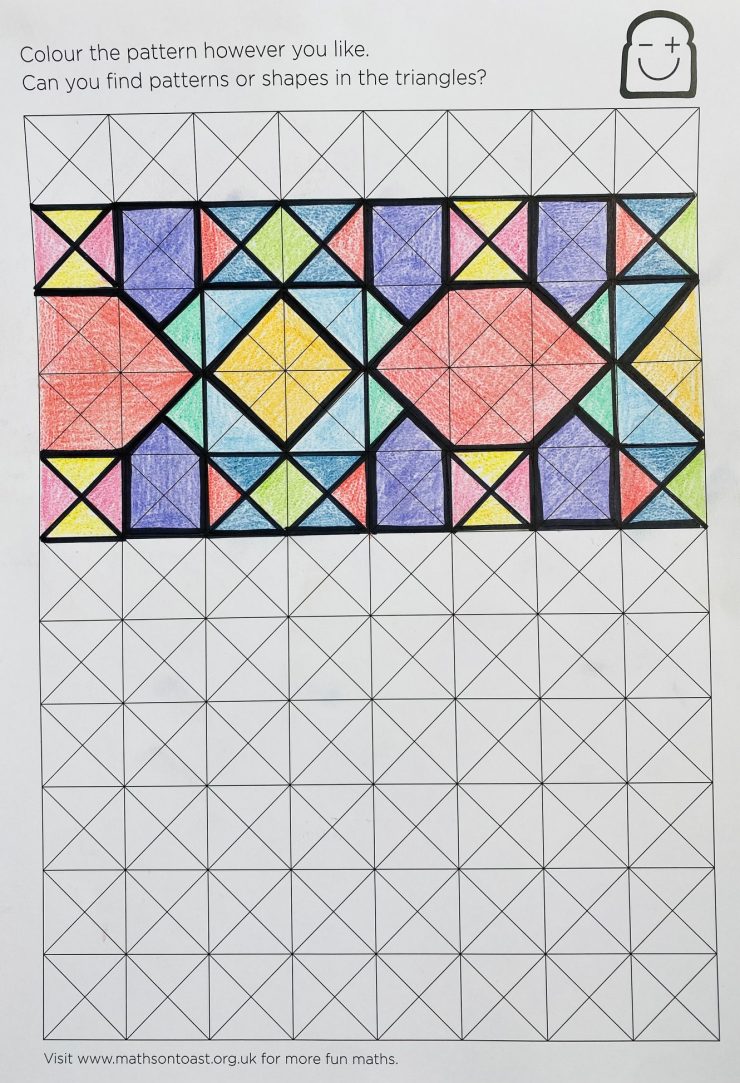This year Eid is on the 2nd of May. Eid marks the end of Ramadan, the Islamic month of fasting, and is a festival of joy – bringing happiness and reward for the good deeds people have done during Ramadan.
Eid is the perfect opportunity for us to take a look at Islamic art. Why? Because it involves lots of mathematical patterns!
Islamic art traditionally features shapes such as circles, rectangles, triangles and squares – you will often see carpets, rugs and tiled walls featuring symmetrical shapes and repeating patterns. It’s important to make connections between maths and art – art is everywhere we look but we often don’t realise it. It’s the same for maths – maths is everywhere and in everything!


Mosques are filled with the most beautiful, intricate decoration both inside and out. It’s hard to believe that the most complex and elaborate designs are created using a ruler and a compass to draw lines and circles on a grid. Even harder to believe it’s maths!
Eid celebrations include family visits, giving and receiving gifts and decorating homes inside and out. Some people decorate their hands by applying mehndi – beautiful patterns and designs painted onto the skin using henna.
Combining maths and art helps us to develop our understanding of geometry, investigate the properties of shapes and types of symmetry, and improve our ability to recognise patterns. Exploring maths and art helps children to make connections and spot maths in the real world through hands-on, visual learning.
Why not try making your own geometric tiles, inspired by Islamic art? Think about how the shapes will fit together and how you will make it symmetrical!


